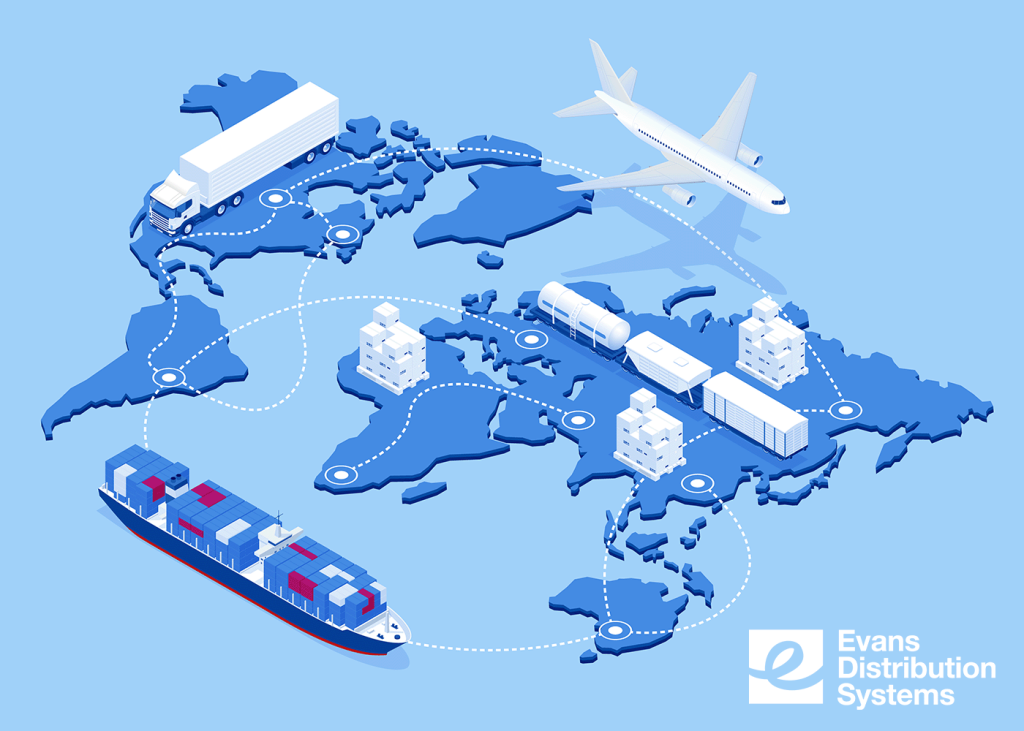Trade agreements are vital for encouraging international cooperation and driving economic growth. They allow companies to expand their business and remain competitive in new markets, while also benefiting from the elimination of barriers, reduced tariffs, and standardized regulations.

Understanding Trade Agreements
Trade agreements are binding agreements between two or more countries or regions. They promote trade and economic cooperation through eliminating or reducing barriers like tariffs, quotas, or duties. These agreements are often referred to as Free Trade Agreements (FTAs). They can be established through a written agreement or occur as a laissez-faire trade. That means there are no trade restrictions or formal agreements enforced. The classifications for FTAs are as follows:
- Unilateral Trade Agreement – This is a one-sided, non-reciprocal agreement that helps developing countries improve economic development.
- Bilateral Trade Agreement – A mutually beneficial agreement between two countries to reduce trade barriers.
- Multilateral Trade Agreement – Also referred to as a regional trade agreement, it acts in the same way as a bilateral or free trade agreement, but with three or more countries. Examples of multilateral trade agreements would be the USMCA or the European Union.
The U.S. is currently part of 14 free trade agreements with 20 countries and one trade agreement with Japan. The World Trade Organization (WTO) regulates these agreements in cooperation with the United Nations.
Trade Agreement’s Impact on Global Supply Chains
Trade agreements create a need for global supply chains by providing incentives for countries to export more goods. When countries encourage trade, the parties involved have seen growth in Gross Domestic Product (GDP) and citizens of those countries have greater access to goods. The reduction of trade barriers results in more affordable products for end-consumers. Imports to the United States have boosted the purchasing power of the average American household by approximately $10,000/annually.
The U.S. has also seen success with its exports due to trade agreements. According to the U.S. Department of Commerce, approximately half of all U.S. exports are with the 20 countries it has trade agreements with. Exports to Chile and Morocco increased by over 300% in the first five years after an agreement was implemented.
Trade agreements also standardize shipping requirements between countries. The WTO facilitates these agreements with many of them referencing or copying portions from WTO agreements. Implementing these practices results in faster and more streamlined supply chains by reducing clearance times and administrative burdens.
World Trade Organization’s Role
With 164 member states, the WTO resolves disputes, facilitates trade, and acts as a decision-making body for trade policy involving goods, services, and intellectual property (IP). The WTO Trade-Related Aspects of Intellectual Property Rights (TRIPS) agreement protects the rights of IP owners among all the WTO members. IP rights include the protection of copyrights, trademarks, and patents. The Ministerial Conference is the meeting of all members to discuss and decide rulings on any trade policy.
Challenges
One of the biggest challenges for any trade agreement is for the countries involved to meet compliance and regulation. Some FTAs are specific to certain products or industries and need to adhere to the Rules of Origin guidelines in the agreement. The rules usually include requirements for sourcing materials, the cost of materials, and sometimes the hourly wages of the workers that make the good. Hourly wage regulations discourage businesses from moving business operations to other countries. Providing the documentation for these guidelines can be a long and complicated process.
Another challenge would be the impact of trade agreements on local economies. If foreign competitors can provide the same product but cheaper and without tariffs, then local businesses may not be able to compete. This can result in business closures and reduced job opportunities in that country.
Future Developments in Trade Agreements
Despite these challenges, countries around the world have benefitted from trade agreements. In recent years, the U.S. developed new trade initiatives that don’t follow the same structure as traditional trade agreements. The Biden administration has proposed a series of trade negotiations which include the Indo-Pacific Economic Framework for Prosperity (IPEF), the Americas Partnership for Economic Prosperity (APEP), the U.S.–Taiwan Initiative on 21st-Century Trade, and the U.S.– EU Trade and Technology Council (TTC). These initiatives use similar language as FTAs, but do not remove trade barriers such as tariffs.
Instead of developing trade agreements that would reduce the cost of global trade, the U.S. is trying to develop global supply chain infrastructure, improve labor rights issues, and invest in clean transportation and energy. These initiatives are still in negotiations. If implemented, they could result in the U.S. investing in improved infrastructure and removing unfair trade practices.
